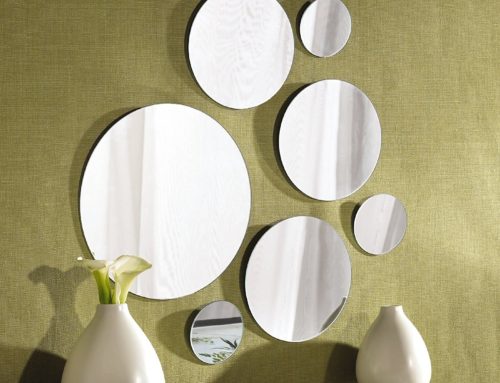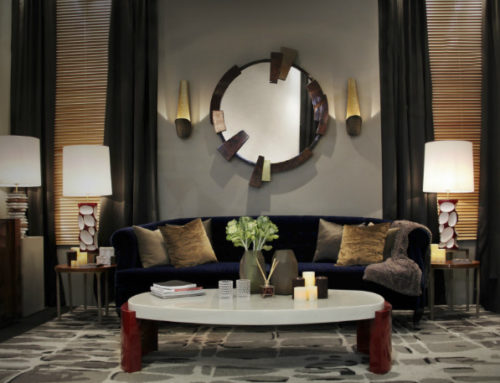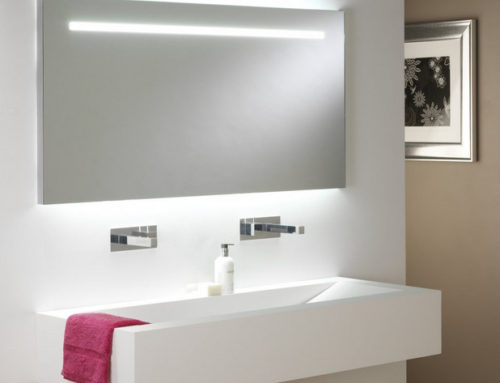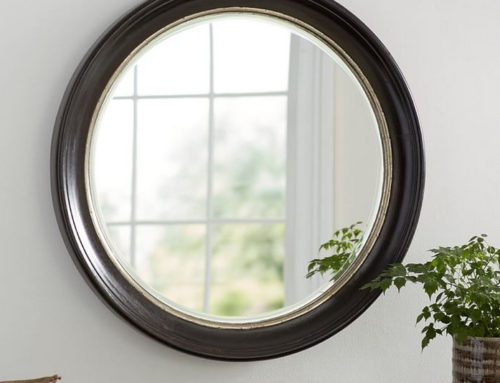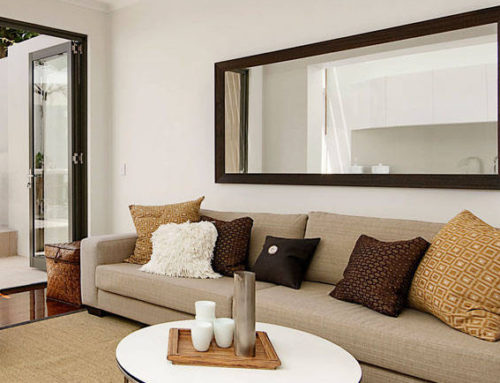Table of Contents
From shape and size to frames and finishes, there’s so much to consider when planning to buy mirrors in Sydney. Whether you are looking for an understated mirror accessory or a mirror with a dramatic finish, the possibilities that come with mirrors are endless.
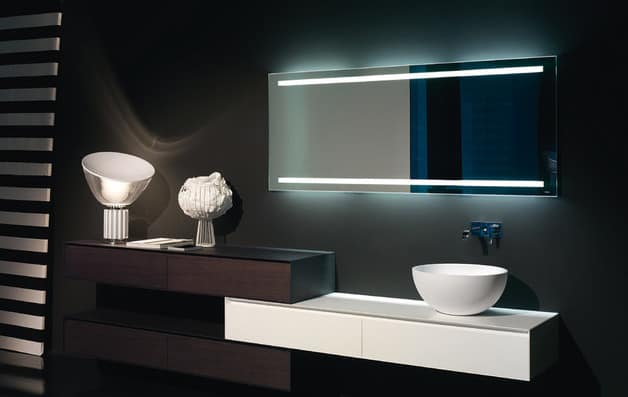
For instance, designer mirrors boast of being both versatile and decorative, such that they solve multiple interior design problems while still acting as decorative art objects. Read on through this article for an inspiring buying guide for mirrors.
Our designers have included all you should know when choosing a mirror to decorate your home’s interior design. This will assist you in making the best decision.
The Different Types of Mirrors Available
All rooms in any home can benefit from mirrors. Different mirrors are suitable for specific rooms, be it for decorative or practical purposes.
Before you select a style, consider where you want to place the mirror and the intended use. The basic types of mirrors are:
-
Floor Mirrors
These mirrors are generally large. They act as statement pieces. You can mount them on stands, prop them against a desired wall, or free-stand them to create a dramatic effect.
They work best when used on hallways and bedrooms where you require full-length views.
-
Wall Mirrors
They are some of the most widely used mirrors. They are available in a wide variety of styles and shapes, from small to large floor options and quirky shapes such as hexagon or star.
Wall mirrors in Sydney can be decorative or practical. They work best when placed above a bathroom’s sink or when used in a living room. They also create a point of focus when placed above a fireplace.
-
Dressing Table
Mirrors used on dressing tables are decorative and small. They are placed over a vanity or the dressing table. They can also be mounted or fixed on a stand to make it easier to rotate and adjust them.
These mirrors can also sit on a table. Some dressing tables come with multiple mirrors to make it possible to view yourself from different angles at the same time.
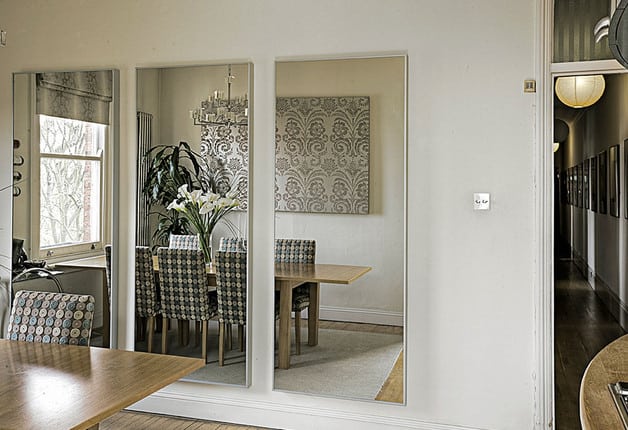
The Different Shapes Available
The next factor to consider should be the shape. Mirrors come in different shapes. You can as well use mirrors to either contrast or complement other patterns and shapes in a room.
You should consider the space available when choosing the shape of the mirror. The most common shapes include:
-
Oval
Oval shaped mirrors closely resemble a rectangle that has rounded corners with a relatively vintage feel.
-
Round
These mirrors have a circular shape but the radius varies from a large wall mirror to a compact hand mirror.
-
Abstract
Abstract shaped mirrors are eclectic and modern. They are generally used for adding some drama to any space.
They can resemble just anything such as a geometric shape, broken shard, striking sunburst, or a star shape.
Mirror Frames
Once you have considered the shape and size of the mirror, you can now consider its frame. The frame you will choose will have a huge effect on the mirror’s overall style.
Frames come with the ability of transforming mirrors from simple, understated pieces to dramatic focal points.
Thus, take your time when deciding on the kind of style and transformation you desire to get in your space. At Majestic Glass we supply and install steel framed mirrors in Sydney.
Here are some of the most common mirror frames:
-
Gilded
These frames add elegance, sophistication and drama to any space. They work best with Luxe style. They come with metallic finishes such as gold, silver, bronze, grey, and champagne.
Their shapes and style vary and can be either modern, delicate casing, or ornate. As such, they create a room’s focal point.
-
Wood
Wooden frames offer an earthy, natural finish. They work best with an understated or chic style. You can choose from a weathered finishing to a rustic staining.
Some wooden frames highlight their natural grain, rivets and grooves while others have a design that fades into their background.
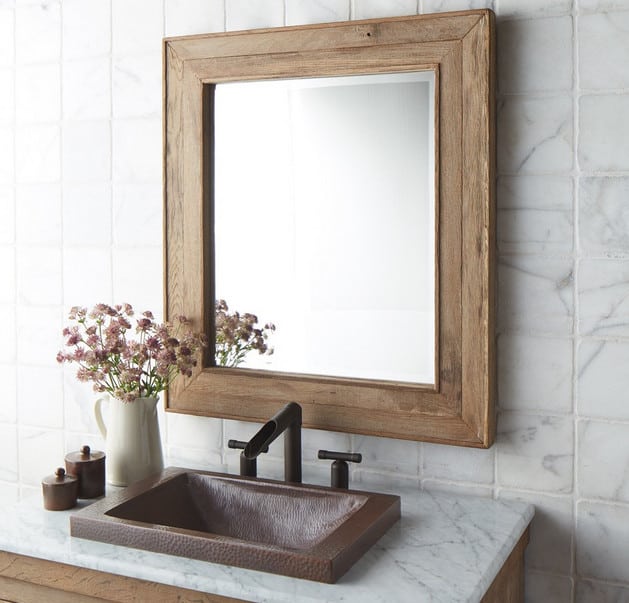
-
Mirrored Frames
These are frames made of beveled glass. They usually frame the mirror’s central point at multiple angles to reflect natural or artificial light in many directions and create interest, thereby creating a 3D feel.
These frames work best when used as Luxe or Urban styles.
-
Frameless Mirrors
These mirrors are versatile, understated, and simple. They are ideal for a space where the purpose is functional like in studios to reflect light and maximize space.
Mirror Finishes
When choosing a mirror, you can alter its style by selecting different finishes and edges. This adds a decorative touch and creates a new and attractive dimension on the mirror. Some common finishes include:
-
Patina
This is an antique mirror finish that has a rather distressed look that makes a mirror appear cloudy, damaged, or old.
-
Colored
The mirror can come with a tint finish behind it. Colored finishes include metallic and gilded finishes, brilliant bold colors, and even artisan finishes like natural or crackled wood grain.
-
Designs
Finishes may include designs such as lettering, shapes or patterns, and wordings. They can be placed on the mirror’s top edge to give it a contemporary finish.
-
Seamed edge
Naturally, glass edges are sharp, but they can be simply sanded or dulled to make them seamed. This makes them safe to use.
A polished waterfall, ridged or flat seam are some great options for adding flair to frameless mirrors and bringing out a shiny and catchy finish with perfect clarity.
-
Pencil edge
This is a rounded and smooth edge with matte finish. It is a great choice for a bathroom mirror in Sydney.
-
Beveled glass
This finishing has slightly angled edges that create an illusion of having a frame, thereby adding dimension.
Interior Design Using Mirrors
Mirrors are highly versatile tools of interior design. There are many ways in which mirrors may be used to decorate an interior space.
They solve many problems around a home such as lack of depth, height and space. Here are some of the ways you can use them for interior design:
-
For reflection
Simply hang your choice of mirror in the bedroom, hallway, or bathroom to reflect another object in the space or for inspecting your appearance.
-
Increasing size
Mirrors create an illusion of a larger space. For instance, hanging a decorative mirror in a hallway can make it appear larger. You can also stagger mirrors on either sides of narrow areas to create width.
-
Maximizing light
You can easily bounce back natural light in a room using mirrors. Simply hang it directly opposite the window through which natural light gets into the room or a corner where there is little lighting.
This way, the mirror makes the room and dark corners brighter.
-
Adding depth
If you want to add depth in a room, you can use a large mirror with a dramatic look to make it a point of focus.
You can also place a smaller mirror below or behind a special object or feature to highlight it such as on a shelf where you keep your favorite glassware.
Mirror Care
You should take care of your mirror through:
-
Protection
Water may damage the back side of mirrors. Keep your mirror moisture free to ensure it remains in its best condition.
You can get appropriate sealant solutions from your local hardware to seal the back side of your mirror to protect it.
-
Cleaning
Your mirror should be kept clean all the time. When cleaning, start with removing dust using a dry, soft cloth.
Once done, use a crumpled newspaper and a mixture of water and vinegar solution to clean it and give it a finish free of streaks.
-
Preventing damage
Avoid using strong cleaning solutions and chemicals when cleaning your mirror since they can damage it or cause spots.
Such spots usually result from wearing out of the back silver coating of a mirror. You can eliminate any spots by having the mirror re-silvered.
-
Mounting
A drywall or plaster is not enough for supporting heavy wall mirrors. Ensure you mount hooks or screws on wooden beams existing behind the drywall or plaster.
-
Suspension
Use a sturdy wire or rings when hanging the mirror to ensure it won’t break or snap. This will also make it easier to straighten or adjust it as needed.

